The 8 Foods That Fight Bloating and Help Shrink Your Waist

Bloating can make your waistline feel larger and leave you uncomfortable throughout the day. The good news is that certain foods can help reduce bloating, support digestion, and promote a flatter stomach. These eight nutrient-rich options are not only delicious but also naturally reduce water retention, combat inflammation, and support gut health. Incorporate them into your meals to feel lighter, more energized, and confident in your skin.
Cucumbers
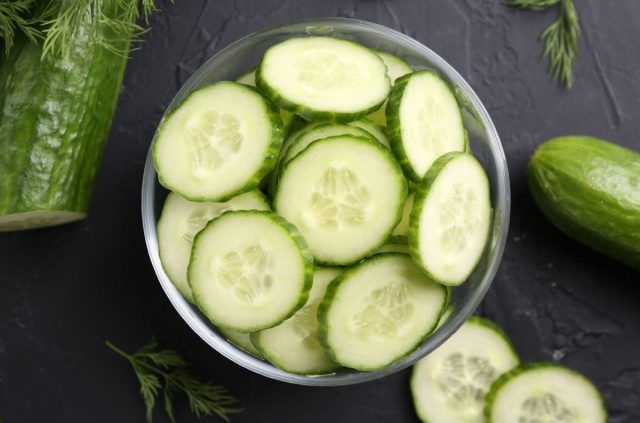
Cucumbers are rich in water and contain antioxidants like quercetin, which can help reduce bloating. Their hydrating properties flush out excess sodium, a common cause of water retention. Slice them into salads, enjoy them as a snack, or add them to infused water for extra benefits.
Ginger
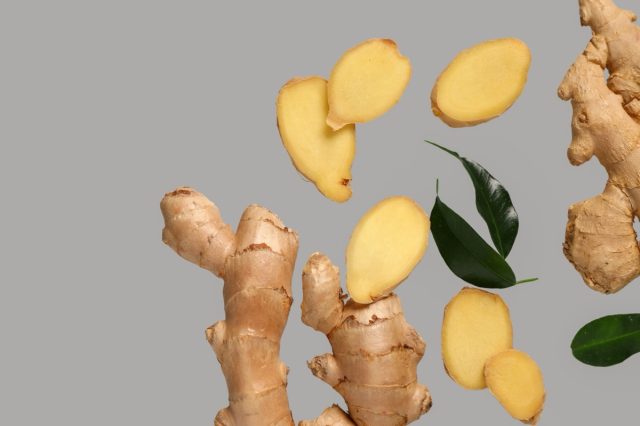
Ginger is a natural anti-inflammatory and aids digestion by relaxing the muscles in your gastrointestinal tract. Adding fresh ginger to tea, smoothies, or stir-fries can soothe an upset stomach and reduce bloating, helping you feel more comfortable and trim.
RELATED: This Man Lost 100 Pounds With 10 Realistic Changes Anyone Can Make
Bananas
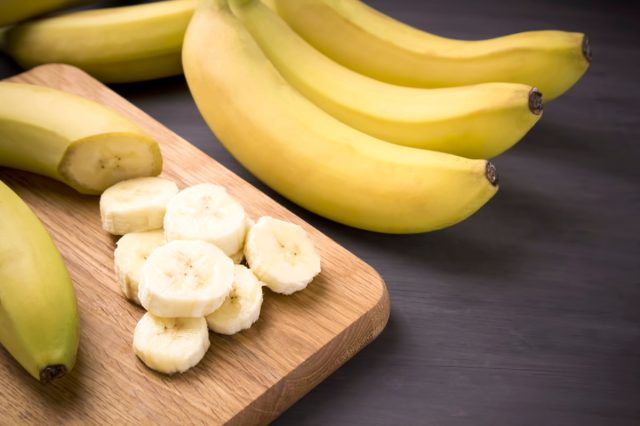
Rich in potassium, bananas help balance sodium levels in the body, reducing water retention and bloating. They also provide natural sweetness and fiber, making them a great snack or addition to oatmeal or smoothies.
Avocados
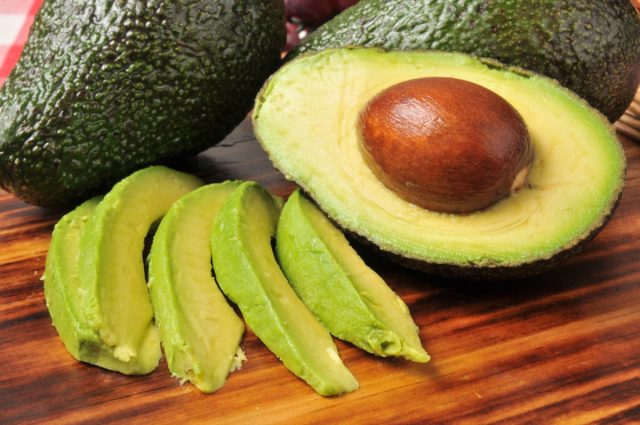
Avocados are loaded with healthy fats and potassium, which counteract bloating caused by high-sodium meals. Their creamy texture makes them versatile for salads, spreads, or even smoothies, helping you stay satisfied while reducing discomfort.
RELATED: The Top 20 Foods For Ultimate Weight Loss
Yogurt
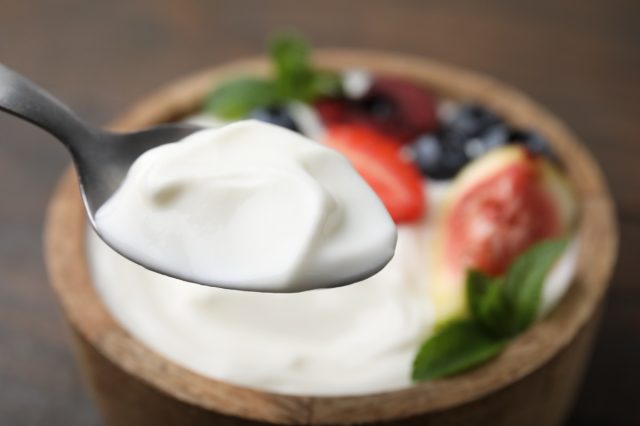
Yogurt with live probiotics supports gut health by promoting the growth of beneficial bacteria. This can improve digestion and reduce bloating. Opt for plain, unsweetened yogurt and add fresh fruit for flavor without excess sugar.
Papaya
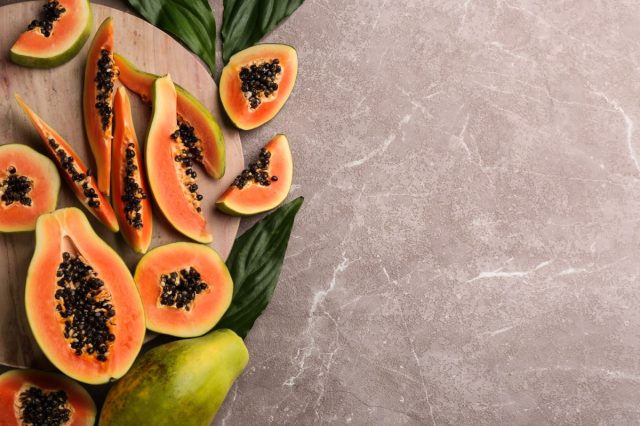
Papaya contains papain, a digestive enzyme that helps break down food and reduces bloating. It's also rich in water and fiber, making it an excellent choice for supporting a flatter stomach. Enjoy papaya as a snack or in fruit salads.
Asparagus
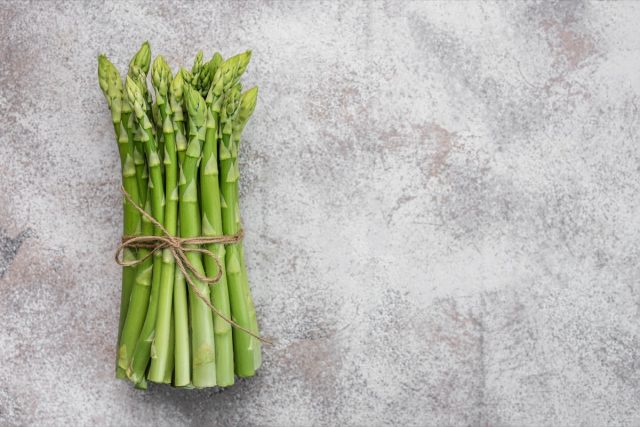
Asparagus acts as a natural diuretic, helping your body flush out excess water and reduce bloating. It's also high in fiber, which promotes digestion. Steam or roast asparagus as a side dish for a light, nutritious meal.
RELATED: The 7 Worst Breakfast Habits For Weight Loss
Fennel
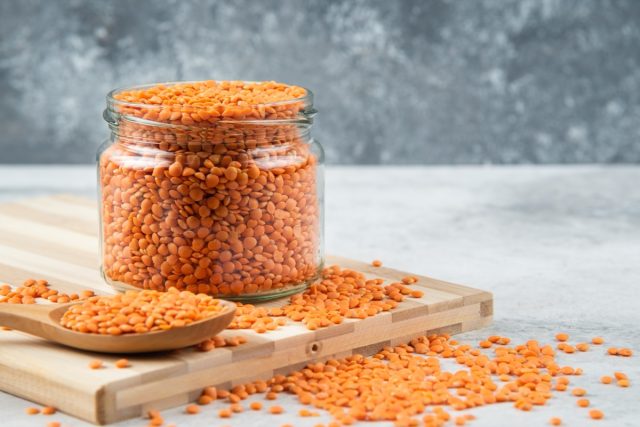
Fennel seeds and bulbs are known for their anti-bloating properties. They relax the digestive tract and help relieve gas. Brew fennel tea or slice the bulb into salads for a refreshing, stomach-soothing option.
Incorporating these foods into your daily diet can help you feel lighter, reduce bloating, and promote a flatter stomach. Let them be your go-to for digestive comfort and confidence. And if you enjoyed this article, take advantage of these 15 Quick Ways to Lose Body Fat Percentage in a Week.




